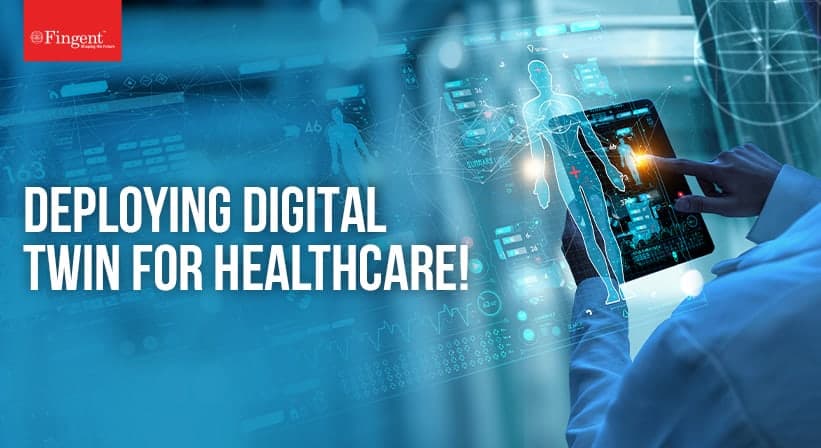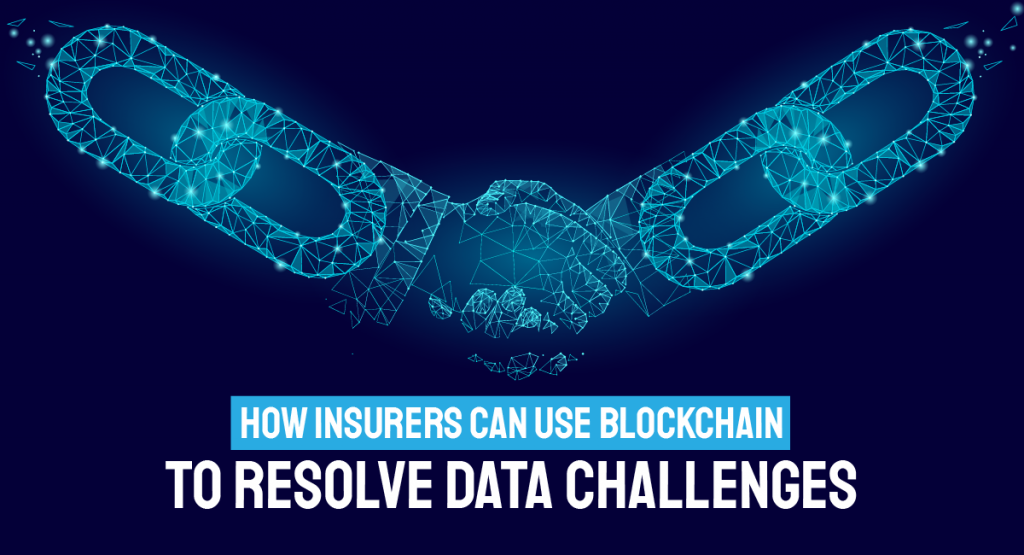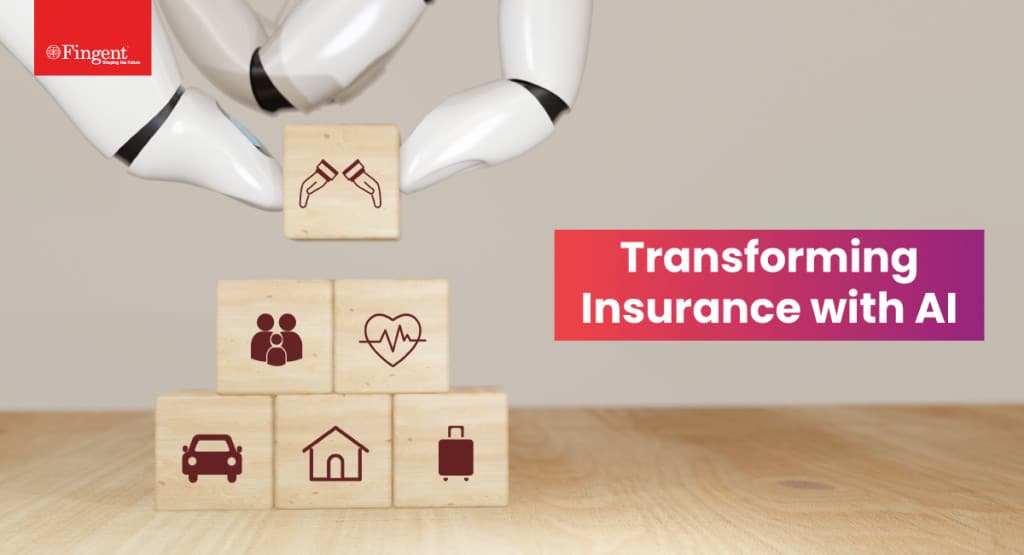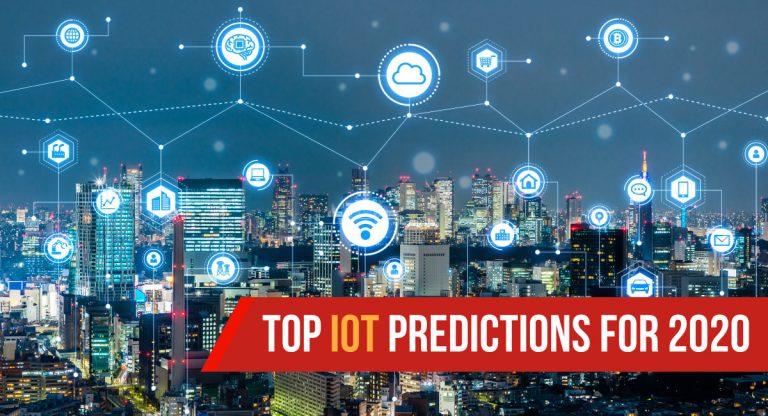Digital Twin in Insurance: Improving Predictability and Risk Management
Data is the very foundation of insurance operations. Until the introduction of modern data analytics technologies, insurers used to make decisions based on the insights garnered from historical data. The advent of cloud computing, the divergence of data sources, the instrumentation of datasets, and the availability of real-time data have fundamentally transformed the way insurance operates today. Modern insurance carriers seek innovative methods to visualize and contextualize data from both physical and digital assets. With digital twins, insurance leaders can make the most of data, assess their readiness to face disasters, prevent damages before they occur, and optimize core insurance operations. This post explores why digital twins are vital for insurance companies in the future.
Read more: Is Digital Twin Promising A New Era for Healthcare?

The Importance of Digital Twins in Insurance
Digital twins are computerized models or virtual replicas (simulations) of physical objects such as devices, assets, products, or processes. The biggest advantage of digital twins is that they operate in real-time, taking cues from updated data. This holds immense potential for the insurance industry, which heavily relies on data insights to make critical business decisions. Digital twins leverage connected technologies (IoT, sensors, real-time data monitoring systems) to help insurers define new policies or packages, mitigate risks, reduce administration costs, and enhance core insurance operations such as underwriting, claims processing, new policy creation, fraud detection, customer assets evaluation, etc. They also allow insurance companies to prevent unplanned downtimes and discover new growth opportunities.
These stats prove why digital twins are important for insurance companies going forward:
- Data Bridge Market Research estimates that by 2027, the global digital twin financial services and insurance market will account for USD 77,530.82.
- 87% of insurance executives agree that digital twins will strengthen their ability to collaborate in strategic partnership ecosystems, crucial for long-term success.
- 93% of insurance executives realize the necessity of a centralized and intelligent data hub that helps them understand the defects of their current processes and remodel their operations.
Digital twins can act as a virtual insurance lab for executives to predict and evaluate any risk scenario and make smart decisions. With digital twins, Insurance is moving to Assurance, a new business model that saves huge compensations from being paid off by averting losses before they occur. Let’s consider the example of a cargo vessel that is ferrying goods from one port to another. Telematics is alerting the vessel’s crew that the ship will soon be exposed to a sea storm. The vessel’s digital twin can collect data from the entire ship’s systems and assess how the storm will impact the vessel. This enables the captain to quickly turn their route and reach the safest port nearby. This is a classic example of how digital twins help upgrade insurance into assurance.
Digital Twins Can Improve Core Insurance Operations
Digital twins transform five core areas of insurance operations:
1. Underwriting
Underwriting refers to the process of pricing risks based on risk assessment. With real-time streaming of data and virtual simulations, underwriters can gain a better understanding of pricing risks based on different scenarios. Digital twins allow insurers to analyze more heterogeneous datasets within a short span of time, such as cases of heart attacks, house fires, vehicle mishaps, earthquakes, floods, and other catastrophic incidents that don’t occur frequently. This enables underwriters to fix more competitive premiums. Commercial line insurers can leverage digital twins to process workers’ compensation claims more effectively, reduce premium audits, and customize premiums to match the changing workforce.
2. Distribution
By creating virtual replicas of customer habits, insured assets, and external events affecting customers’ assets and decisions, insurers can gain a more comprehensive view of the volatile market. Digital twins can simulate consumer behavior patterns based on their online activities, shopping data, and search habits. This allows insurance executives to understand customer journeys and practice context-relevant selling across the omnichannel spectrum. Insurers can also push one-click purchases across different customer touchpoints to boost distribution. The more you know about the customer, the better you can provide personalization. With online simulations and near-real visualizations, insurers can improve cross-selling and upselling.
3. Claims Processing
Digital twins help fast-track claims processing by reproducing the scenarios or circumstances behind the appeals, such as conditions of damage, car accidents, fire breakouts, etc. Claim adjusters can leverage digital twins to simulate accidents and assess their impact on the claimant’s property or other valuable possessions. This avoids the need for expert examination and helps precisely determine the insurance company’s liability. To prevent unwanted delays in claims processing, executives can compare the virtual and physical records of an accident or a house fire. Thus, digital twins in claims processing allow insurers to respond quickly to their customers.
4. Back-office Administration
Like HR, Finance, Procurement, Inventory, and other corporate functions that can be augmented with automation, several back-office operations in insurance companies can be improved using digital twins. It’s possible to create the virtual simulation of a blockchain-based smart contract prior to implementing the actual contract. Insurance carriers, customers, claim adjusters, and relevant policy stakeholders can explore how the smart contract would work in real-life and ascertain how secure the contract would be. While blockchain ensures transparency and trusted execution of smart contracts, digital twin stores and evaluates the insurance data in real-time. This helps avoid any legal disputes and complications in the future.
Read more: How Blockchain enables the insurance industry to tackle challenges

5. Fraud Detection
FBI reports that in the United States, the total cost of non-health insurance fraud alone accounts for USD 40 billion per year. The rising insurance fraud costs force carriers to increase their premiums, which has a direct bearing on many American families who will have to pay higher premiums every year. Thanks to digital twins, it’s now possible to reproduce an event that resulted in a catastrophe or damage. Claim adjusters can determine the claim’s accuracy by comparing the applicant’s data with the simulated version of the incident. As a result, inconsistent claims can be detected quickly to reduce the carrier’s liability and save costs.
Leading Insurers Are Experimenting with Digital Twins
Leading reinsurer Swiss Re has partnered with Microsoft to establish a Digital Market Center for building “risk digital twins” – a virtual world that leverages AI and big data to create simulations expounding different risk scenarios. Swiss Re uses this knowledge to forecast supply chain risks, disasters, and other financial exposes. It allows insurers, business owners, and end consumers to make cost-effective and timely interventions.
Read more: Transforming Insurance with AI

Piprate, an Irish Insurtech startup joined the Digital Twin Consortium in 2020 to promote the potential of digital twin technology in the insurance industry. Piprate builds digital twins of insurance risks to solve the industry’s predicaments related to vital financial data acquisition and data sharing.
AI Journal reports that the insurers who participated in their pilot study titled “Digital Twins of Risk AI” (a UK grant-funded project) were able to gain a 360-degree view of risk in real-time across 100% of their portfolios.
Looking Ahead!
To face the disruption and navigate the uncertainty triggered by the COVID-19 pandemic, insurers need to evolve from self-contained businesses to strategic players in a partnership ecosystem. Besides streamlining data from discrete devices, digital twins offer a valuable source of intelligence for insurers. Following the unpredictable times ahead, insurance leaders will have to rethink their long-term plans and gain the ability to amend packages and make interventions in real-time. Fingent enables insurance leaders to prepare for a more agile and intelligent future by leveraging digital twins and other leading insurance technologies.
Get in touch with us to know more!
Stay up to date on what's new

Recommended Posts

16 Feb 2022 Healthcare
Is Digital Twin Promising A New Era for Healthcare?
Over the next three years, 66% of healthcare executives are planning to increase their investment in digital twin, states a recent digital health technology report. Since the outbreak of the……

02 Mar 2020
Gearing up for IoT in 2025
How to prepare for IoT in 2025? It’s 2020 already and the Internet of Things (IoT) is here to stay. We’re at the cusp of a new era wherein intelligent……

12 Jul 2019 Manufacturing Healthcare
Digital Twin Technology Reshaping IoT-Enabled Environments
Evolution Of The Digital Twin Technology What is a digital twin? Digital Twins can be best defined as digital copies or virtual replicas of physical assets. Data scientists can make use……

31 Jan 2019
Technology Trends 2025 – Watch out for the “platform-itization” of emerging technologies
Most of us, technology geeks or not, are eager to stay first in line to catch up with the latest game-changing technology trends. Here we are to know which technologies……
Featured Blogs
Stay up to date on
what's new













